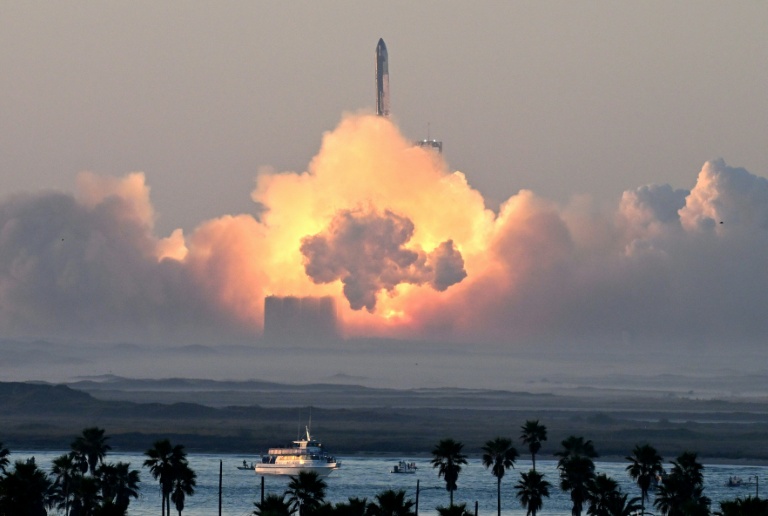Elon Musk’s SpaceX has announced that its Starship megarocket is slated for a crucial test flight on August 24, 2023. This upcoming launch follows a series of explosive failures during previous attempts, raising significant concerns about the rocket’s reliability as it aims to support ambitious plans for lunar and Martian exploration.
The Starship is noted for being the largest and most powerful launch vehicle ever constructed, designed to return humans to the Moon and eventually facilitate Mars colonization. However, the recent test flights have ended in catastrophic explosions. Debris from these incidents has fallen over Caribbean islands, leading to flight disruptions and increasing scrutiny on SpaceX’s operations.
The imminent test flight marks the 10th attempt for the Starship, which will take off from the company’s Starbase facility in Texas. Earlier this year, two test flights ended in disaster when the rocket’s upper stage exploded shortly after launch. In a later attempt in late May, the Starship successfully reached space but subsequently lost control due to a fuel leak, resulting in another explosion before a planned splashdown in the Gulf of Mexico.
Standing at an impressive 403 feet (123 meters), the Starship is intended to be fully reusable and cost-effective, reflecting SpaceX’s commitment to a “fail fast, learn fast” approach. This strategy has historically propelled the company to the forefront of commercial spaceflight. Nevertheless, the recent setbacks, which include an explosion during a routine ground test in June, have led to heightened concerns about the rocket’s development.
Musk remains optimistic, asserting that uncrewed missions to Mars could commence as early as next year. Yet, this optimism is juxtaposed with growing criticism regarding the environmental and community impacts of SpaceX’s launches. In June, Claudia Sheinbaum, the President of Mexico, threatened legal action against SpaceX due to falling debris and contamination linked to its operations.
Looking forward, more Starship test flights are anticipated in the coming months. This optimism follows approval from the U.S. aviation regulator, which has increased the allowed number of annual launches from five to 25. As SpaceX moves ahead with its plans, the success of the upcoming test flight will be critical for both the company’s future endeavors and its reputation in the commercial space industry.





































































